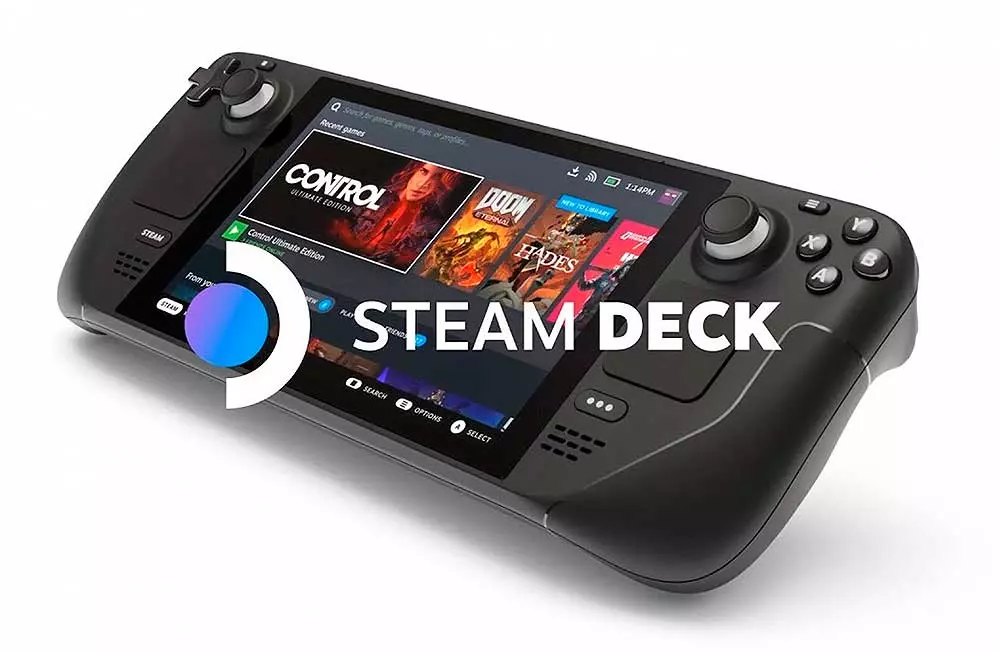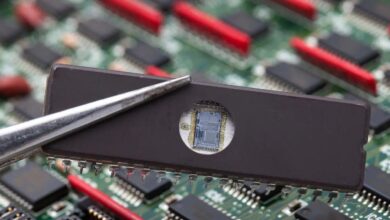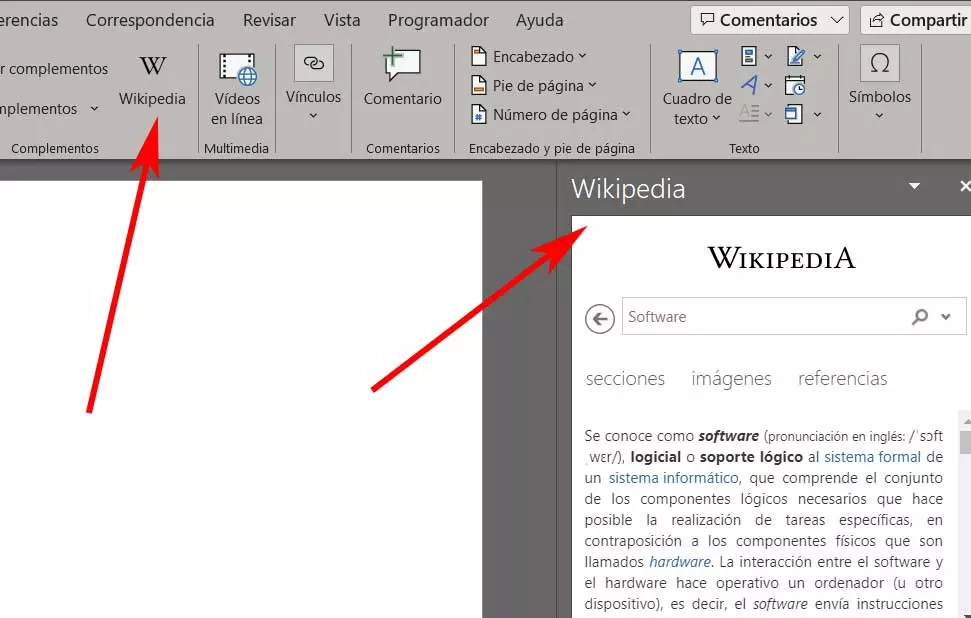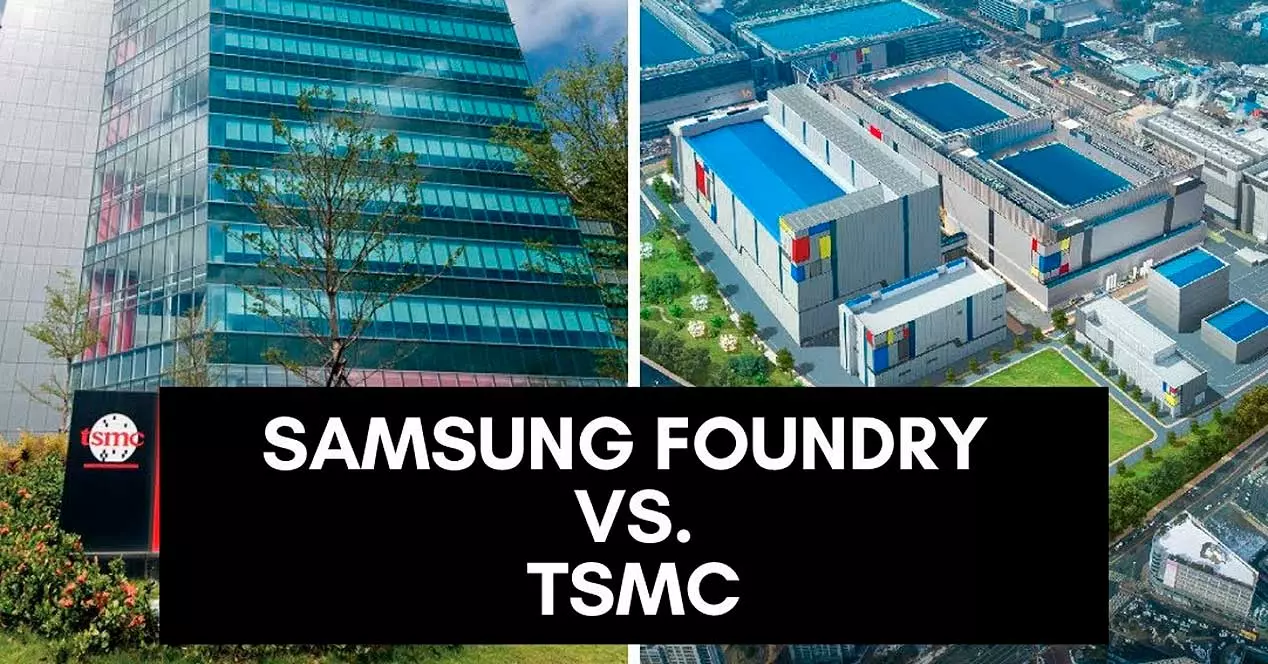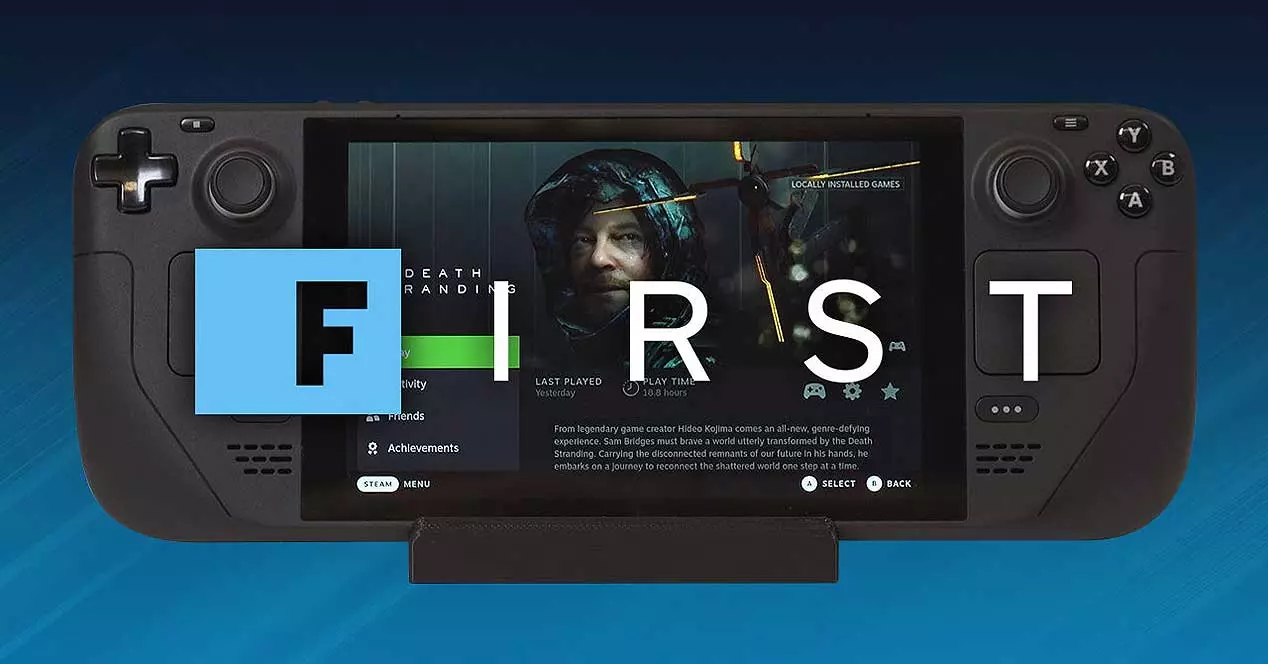
What differentiates Steam Deck from other portable consoles? Well, curiously, in more things outside the hardware than inside. Its software, its layout of buttons and the number of them and even its ergonomics are key to understanding its success and reservations. But the user is not stupid, far from it, and knows perfectly well that the hardware it integrates has a more optimal combination to play, where precisely the section that we want to deal with today stands out, its iGPU.
Steam Deck RDNA 2, better architecture lower frequency
| Steam Deck | One XPlayer | Aya Neo 2021 Pro | Aya Neo NEXT ADVANCED | switch | Nintendo Switch OLED | |
|---|---|---|---|---|---|---|
| Architecture | AMD Zen2 & RDNA2 | Intel Tiger Lake | AMD Zen2 (Renoir) | AMD Zen3 | arm cortex | arm cortex |
| SoC | amd van gogh | Core i7-1185G7 Core i7-1165G7 Core i7-1135G7 |
Ryzen 7 4800U | Ryzen 7 5800U | NVIDIA Tegra X1 | NVIDIA Tegra X1 |
| SoC-CPU | 4C/8T @ 3.5GHz | 4C/8T * 4.2*, 4.7**, 4.8*** GHz | 8C/16T @ 4.2GHz | 8C/16T @ 4.4GHz | 4x A57 + 4x A53 | 4x A57 + 4x A53 |
| SoC GPU | AMD RDNA2 8 CUs @ 1.6 GHz | Xe-LP (Iris) 96 EUs @ 1.35 GHz | AMD Radeon Vega 8 @ 1,750GHz | AMD Radeon Vega 8 @ 2GHz | NVIDIA Maxwell 256 CUDA | NVIDIA Maxwell 256 CUDA |
| Memory | 16GB LPDDR5-5500 | 16GB LPDDR4X-4266 | 16GB LPDDR4X-4266 | 16GB LPDDR4X-4266 | 4GB LPDDR4-3200 | 4GB LPDDR4-3200 |
| Storage | 64GB eMMC (PCIe Gen2x1) 256GB/512GB NVMe (PCIe Gen3x4) |
512GB*, 1TB**, 2TB*** NVMe | 1TB / 2TB NVMe SSD | 2TB NVMe | 32GB | 64GB |
| Screen | 7″ 1280×800 IPS | 8.4″ 2560×1600 IPS | 7″ 1280×800 IPS | 7″ 1280×800 IPS | 6.2″ 1280×720 5.5″ 1280×720* |
7″ 1280×720 OLED |
| connectivity | Wi-Fi 5, Bluetooth 5 | Wi-Fi 6, Bluetooth 5, USB 4.0 x2 | Wi-Fi 6, Bluetooth 5.0 | WiFi 6E, Bluetooth 5.2 | Wi-Fi 5 Bluetooth 4.1 |
Wi-Fi 5 |
| Battery | 40Whr | 15,300mAh | 12,300mAh | 47Whr | 4310mAh | |
| Weight | 669g | 820g | 650g | 650g | 400g / 277g* | 420g |
| Dimensions | 29.8 x 11.7 x 4.9cm | 28.8 x 13.0 x 2.1mm | 25.5 x 10.6 x 2.0cm | 25.5 x 10.6 x 2.0cm | 23.9 x 10.1 x 1.4cm 20.8 x 9.1 x 1.4cm |
24.2 x 10.2 x 1.39cm |
| Operating system | Steam OS 3.0 (Arch) | Windows 10 | Windows 10 | Windows 11 | customized | customized |
| launch price | $399 (64GB) $529 (256GB) $649 (512GB) |
$1,059 $1,158 $1.59 |
$1,215 (16G/1TB) $? (16G/2TB) |
$1465 | $299 $199 |
$349 |
| Launch | February 2022 | June / July 2021 | unconfirmed | February 2022 | March 2017 September 2019 (Lite) |
end of 2021 |
The SoC used by Valve is customized with the help of AMD. Only in this way can it be understood that its cores in terms of CPU are under the Zen 2 architecture (same strategy as PS5 and XSX) and not Zen 3 where the PC is at the time of its launch. Here the problem was simple: AMD did not have the Zen 3 architecture with iGPU ready for its APUs and Valve could not waste any more time waiting for Lisa Su’s, so they chose to repeat the SONY and Microsoft formula.
But this is not the important thing despite the fact that its most direct rivals do have the latest from AMD to their credit. With 4 cores and 8 threads up to the advertised 3.5 GHz, they should be more than enough to move any game with ease at the indicated resolution.
Would it have been better to opt for Zen 3? Obviously, but also much, much, much more expensive. Instead, Valve was smart and chose to bet on the best iGPU it could include, an optimized and reduced version of the current fetish consoles: PS5 and XSX.
will only have 8 CU’sbut low RDNA2 as architecture, which is a qualitative leap in performance compared to any existing rival. Let’s not talk about the difference in performance with Nintendo Switch, it’s just another world. The iGPU will run between 1 GHz and 1.6 GHz, which initially sparked criticism and doubts from its buyers. Is it enough compared to the 2 GHz that its opponents have?
The TFLOPS under debate, are they representative?
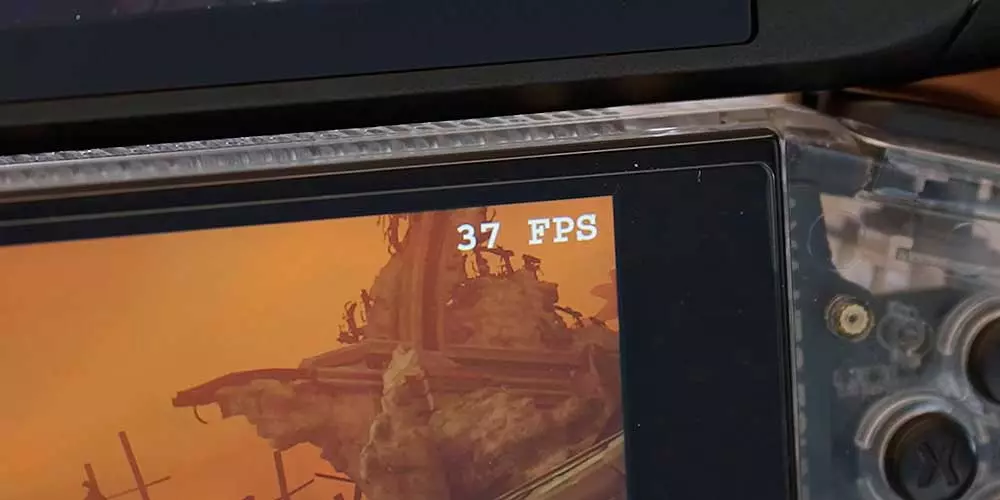
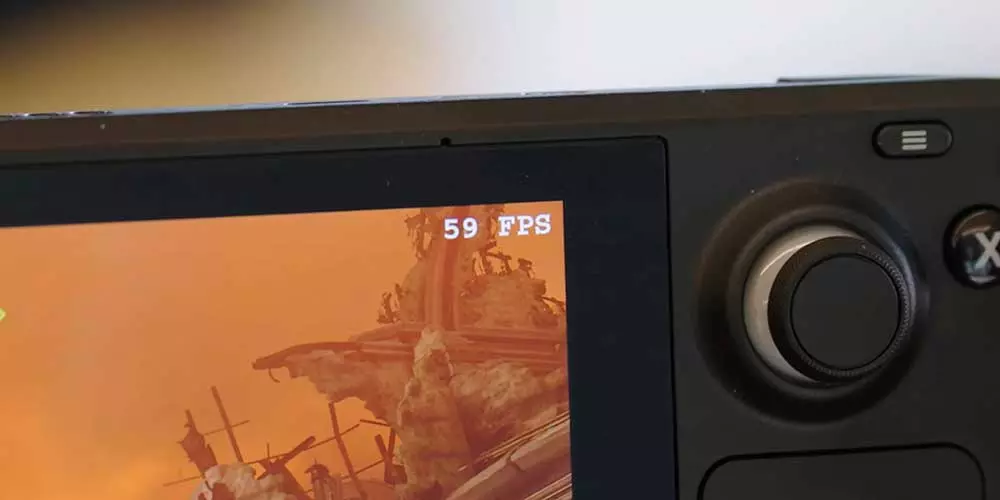
As expected and after two generations AMD has not been able to implement a very high speed to the Steam Deck iGPU, mainly because what is sought is the perfect balance between autonomy, consumption and performance. In this aspect, the 1.6 GHz of its iGPU gives us a figure that according to Valve is 1.6 TFLOPS at FP32.
Is that a lot or a little you think? Comparatively speaking and against the only consoles that integrate this architecture is little. PS5 and XSX give 10.3 and 12.1 theoretical TFLOPS, so Steam Deck has between 9 and 10 times less power despite counting percentage speaking more units per TFLOPS. The limit is obviously marked by consumption, very limited to prolong the battery and there the performance escapes.
With this in mind and with the idea that its toughest rival is AYA NEO NEXT ADVANCED, its iGPU Vega 8 at 2GHz should be roughly giving a figure very close to, if not higher than what the Steam Deck offers: 1.6 vs 1.66 TFLOPS. So is Steam Deck inferior in performance? Not at all. As we have always said, TFLOPS are a premature measure to understand performance and according to leaks Steam Deck is much faster than AYA NEO NEXT ADVANCED, mainly because its CU units are much more advanced and the architecture in general is not one, but two steps ahead of your rival.
Therefore, and at the end of this month, Steam Deck will be the fastest portable console ever created so far and with added features that we could say or define as superior to the rest, on top of that at a much lower price than the competition where only Nintendo with Switch can compete. Of course, with a much lower performance and being a closed platform dependent on the Japanese company.
